Bankim Nagar, Siliguri, West Bengal
- GST NO. : 19BHDPS7640K1ZR
5 Essential Tips for Choosing the Right EEG Equipment Based on Industry Insights
The selection of appropriate EEG equipment is critical for professionals in various fields, including neurology, psychology, and research, as it directly impacts the quality of data collected and the effectiveness of treatments. According to a report by MarketsandMarkets, the global EEG devices market is projected to reach USD 2.12 billion by 2026, growing at a CAGR of 7.5% from 2021 to 2026. This growth highlights the increasing demand for advanced EEG technology, driven by factors such as the rising prevalence of neurological disorders and advancements in diagnostic equipment. However, choosing the right EEG equipment can be challenging due to the wide variety of options available. By considering essential factors such as data accuracy, ease of use, and technology compatibility, professionals can make informed decisions that enhance their research and clinical outcomes. This article aims to provide five essential tips for selecting the most suitable EEG equipment based on industry insights.

Key Factors Influencing EEG Equipment Selection in Clinical Neuroscience Applications
When selecting EEG equipment for clinical neuroscience applications, several key factors must be considered to ensure optimal performance and accuracy. According to a report by MarketsandMarkets, the global EEG systems market is projected to grow from $1.3 billion in 2020 to $2.1 billion by 2025, driven by advancements in neurodiagnostic technology and rising prevalence of neurological disorders. This highlights the importance of investing in reliable and cutting-edge EEG equipment that aligns with current technological trends and clinical requirements.
One critical factor is the device's electrode configuration and sensitivity. Research indicates that the accuracy of EEG readings can significantly hinge on the selection of electrodes, as improper placement or low-quality sensors can lead to unreliable data. Furthermore, portability and ease of use are becoming increasingly important, especially in settings that require mobility, such as home care or outpatient services. A study published in the Journal of Clinical Neurophysiology emphasizes that user-friendly interfaces and wireless connectivity can enhance the efficiency of EEG monitoring and data collection, ultimately improving patient outcomes. Therefore, understanding the specific needs of the clinical setting and staying informed about industry advancements is crucial in making an informed EEG equipment choice.
EEG Equipment Selection – Key Factors Influencing Choices
Analyzing the Impact of Sensitivity and Resolution on EEG Data Quality and Interpretation
When selecting the right EEG equipment, understanding the impact of sensitivity and resolution on data quality is paramount. High sensitivity in EEG devices ensures that even the smallest electrical signals from the brain are captured accurately. Research highlights that a sensitivity threshold of less than 0.1 µV is critical for distinguishing between subtle brain activities, which can significantly influence the interpretation of the data. A higher resolution allows for more detailed mapping of brain functions, essential for both clinical diagnostics and research applications.
In a landscape where the reliability of data is increasingly scrutinized, establishing standards for equipment quality is vital. Industry reports indicate that devices with a resolution of 24 bits or higher enable a clearer signal and reduce noise, enhancing the quality of spatial and temporal data interpretation. Furthermore, ongoing advancements in technology must be matched with rigorous testing to ensure that EEG tools meet the evolving needs of neuroscience research. Employing equipment that adheres to these sensitivity and resolution standards guarantees the production of robust and reliable EEG data, thereby fostering innovative discoveries in the field.
5 Essential Tips for Choosing the Right EEG Equipment Based on Industry Insights - Analyzing the Impact of Sensitivity and Resolution on EEG Data Quality and Interpretation
| Dimension | Recommended Value | Impact on Data Quality | Interpretation Consideration |
|---|---|---|---|
| Sensitivity | 0.5 μV | Higher sensitivity captures smaller signals and noise. | Essential for detecting subtle brain activity. |
| Resolution | 256 channels | Increases the spatial detail of the data. | Improves source localization accuracy. |
| Sampling Rate | 1000 Hz | High sampling rates capture fast brain signals. | Necessary for analyzing high-frequency activity. |
| Impedance Levels | < 5 kΩ | Lower impedance enhances signal quality. | Critical for the reliability of data interpretation. |
| Connectivity | Wireless options preferred | Reduces interference and movement artifacts. | Enhances patient comfort and assessment process. |
Understanding Regulatory Compliance Requirements for EEG Equipment in Healthcare Settings
When selecting EEG equipment for healthcare settings, understanding the regulatory compliance requirements is paramount. Different regions and countries have specific standards that EEG devices must meet to ensure safety and efficacy. In the United States, for instance, devices are typically regulated by the Food and Drug Administration (FDA), which categorizes EEG equipment based on their intended use and risk level. Manufacturers must provide detailed documentation, including premarket submissions that demonstrate compliance with safety protocols.
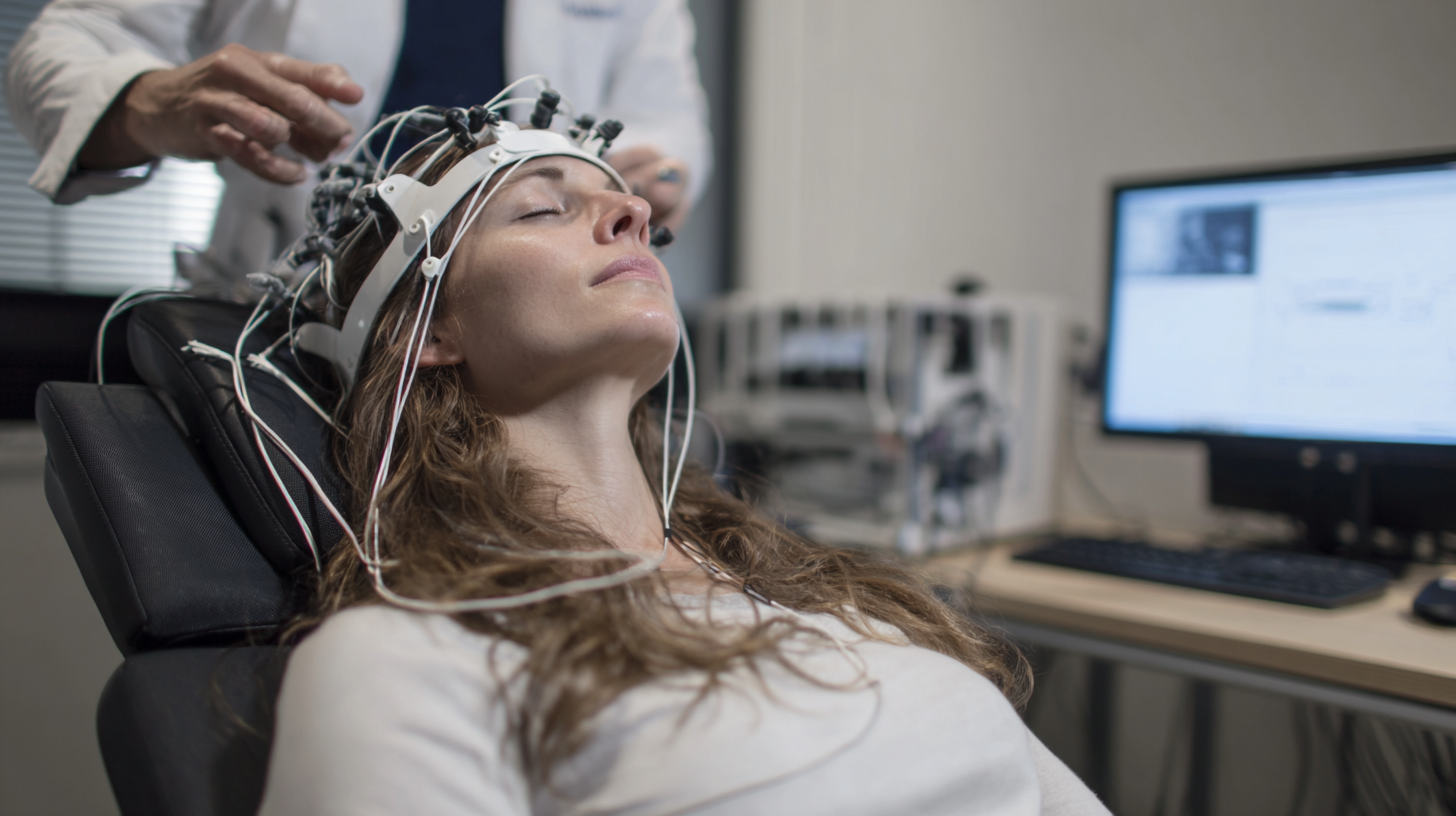
Moreover, it’s crucial to consider industry standards such as those established by the International Electrotechnical Commission (IEC) and the American Clinical Neurophysiology Society (ACNS). Compliance with these standards not only helps in passing regulatory reviews but also enhances the credibility of the equipment among healthcare providers. It involves understanding requirements related to device labeling, performance testing, and post-market surveillance, which are vital for maintaining compliance throughout the device's lifecycle.
By prioritizing compliance during the selection process, healthcare providers can ensure they are investing in equipment that supports safe, effective patient care.
Comparative Analysis of Portable vs. Stationary EEG Systems: Benefits and Limitations
When selecting EEG equipment, understanding the differences between portable and stationary systems is crucial. Portable EEG systems offer unparalleled flexibility, making them ideal for use in various environments, including homes, clinics, and during ambulatory patient monitoring. Their compact design and wireless capabilities allow for ease of use in capturing brain activity outside the constraints of a traditional lab setting. However, they may have limitations in terms of data acquisition quality and the number of channels compared to stationary units.
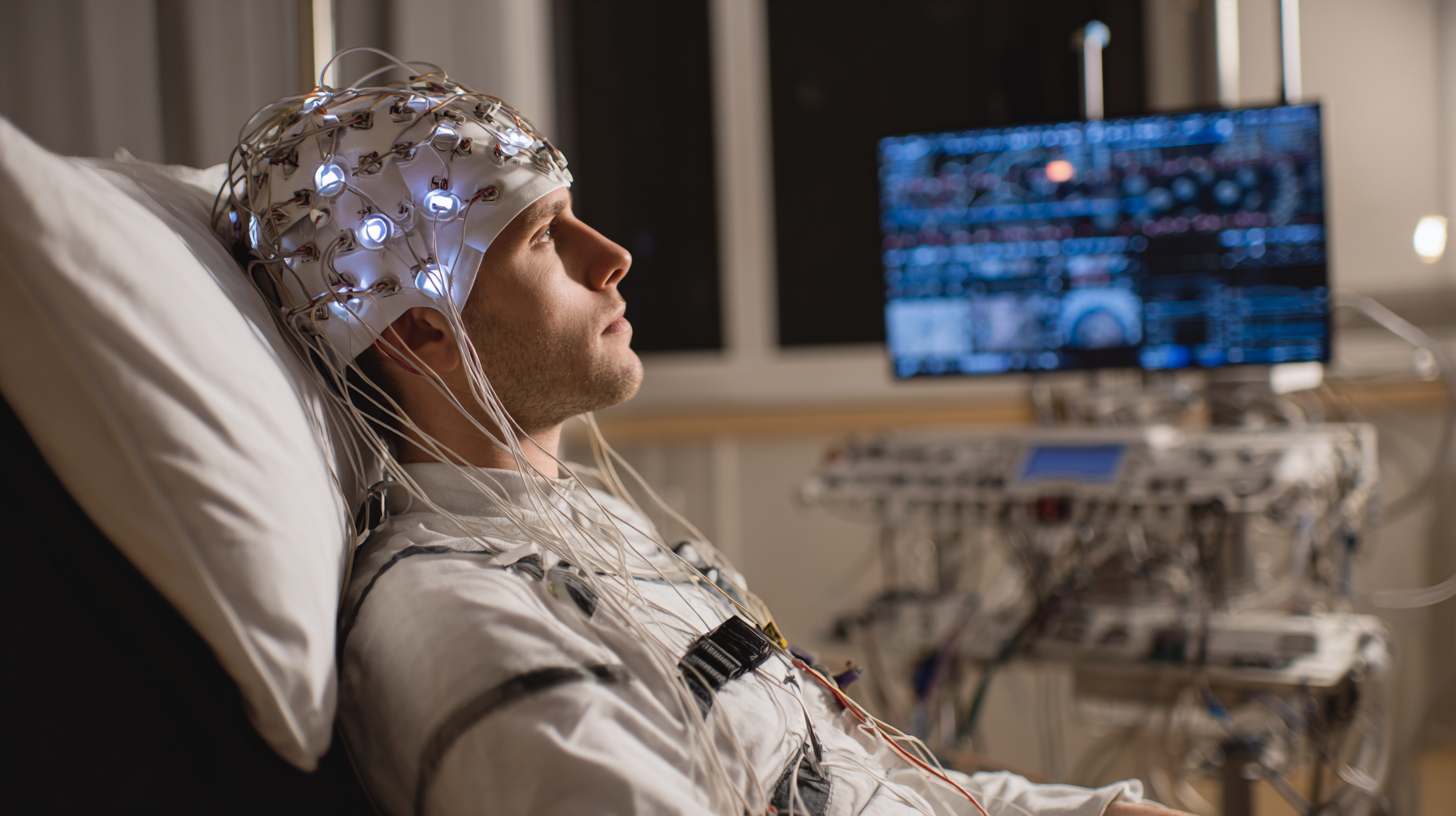
On the other hand, stationary EEG systems are typically more advanced, providing detailed and high-resolution data necessary for in-depth analysis. These systems are better equipped for complex diagnostics in controlled environments, offering more robust software and a wider array of features. That said, their fixed nature restricts portability, which can be a disadvantage for practitioners who need immediate access to EEG data outside of a clinic. Both systems have their specific advantages and limitations, making the choice dependent on the intended application and settings where the equipment will be utilized.
Evaluating the Cost-Effectiveness of EEG Equipment Investments in Research and Clinical Practices
When evaluating the cost-effectiveness of EEG equipment investments in research and clinical practices, professionals must consider not just the initial purchase price, but also the long-term benefits and functionality. A recent industry report from MarketsandMarkets (2022) indicated that the EEG market is projected to grow from $1.7 billion in 2022 to $2.5 billion by 2027, fueled by advancements in technology and increased demand for neurological assessments. This growth illustrates the importance of investing wisely in EEG equipment that not only meets current needs but is also adaptable for future applications.
One essential tip when selecting EEG equipment is to assess the compatibility with existing systems and software. Ensuring seamless integration can lead to significant savings in training costs and operational efficiencies. Additionally, consider the equipment's lifespan and warranty options; a more durable device may offer a better return on investment over time. According to a report by Grand View Research (2023), companies that invest in higher quality EEG systems often experience reduced maintenance costs, leading to overall lower expenditures over the equipment's lifetime.
Moreover, ensure that the chosen EEG system accommodates the specific requirements of your practice. This includes evaluating the number of channels required for your applications and whether the equipment can handle complex data analytics. An investment that aligns with your operational needs can enhance research capabilities and clinical outcomes, ultimately leading to more favorable financial results.
Related Posts
-

Top Challenges When Choosing the Best EEG Equipment for Accurate Diagnosis
-
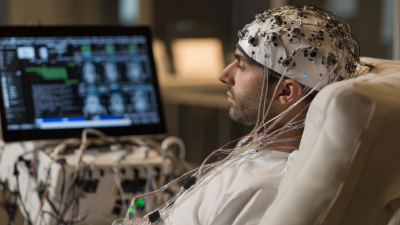
Unlocking Healthcare Innovations How Best EEG Machine in India Transforms Patient Monitoring
-
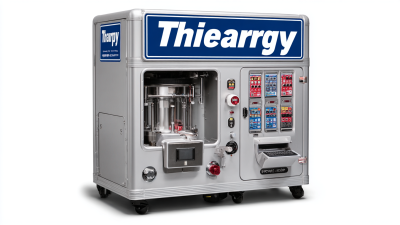
Finding Quality Suppliers for Best Therapy Machines with a Practical Checklist Guide
-
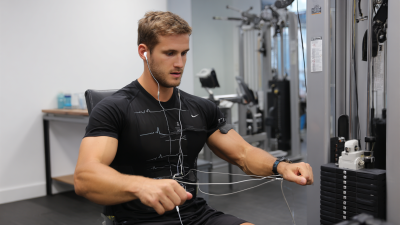
How to Maximize Performance with Emg Machines in Rehabilitation Environments
-

Choosing the Right Manufacturer for the Best Digital Therapy Machine How to Compare Features and Quality
-

7 Smart Approaches to Maximize the Benefits of Portable Eeg

